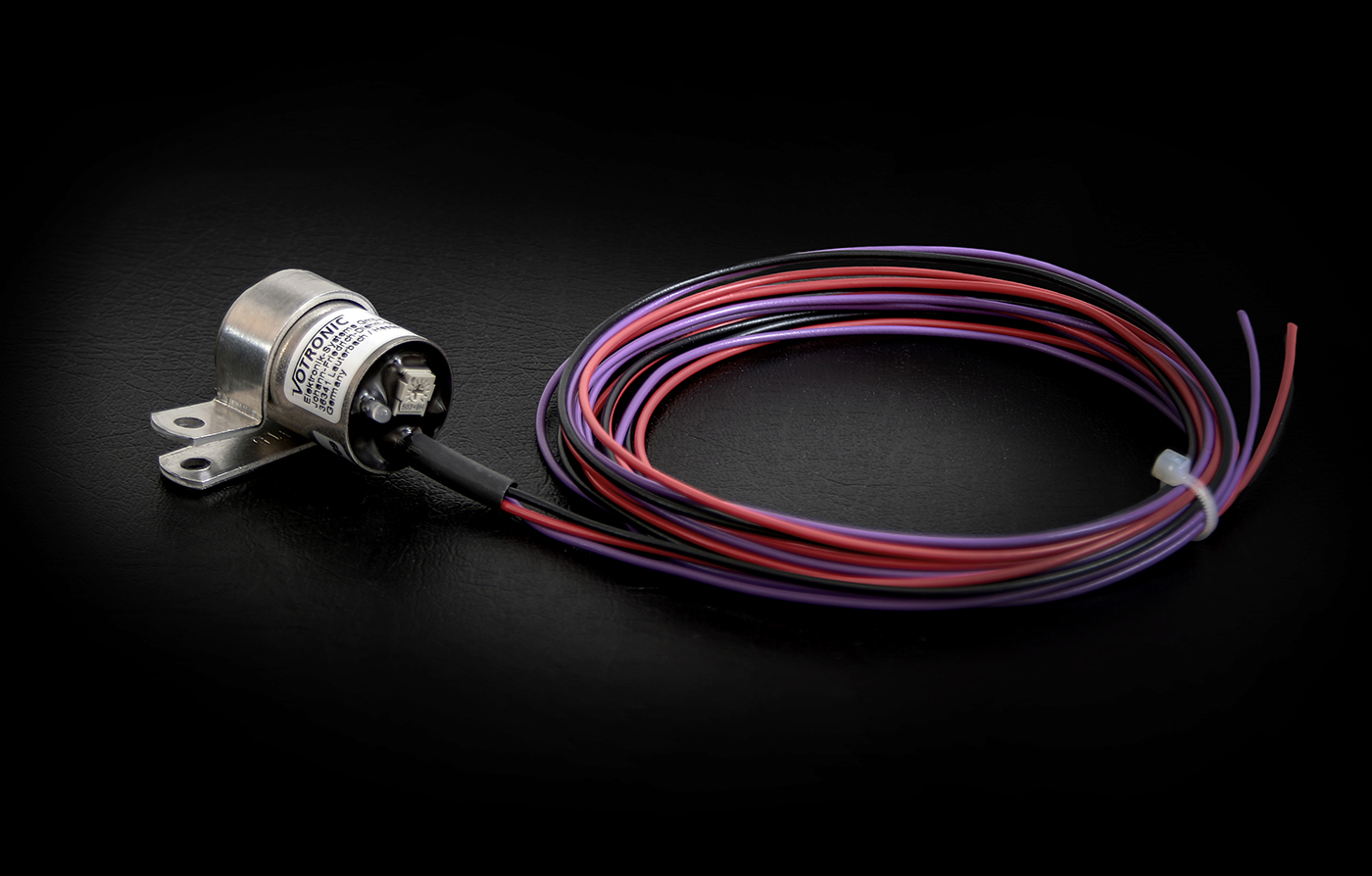- Home
- /
- D+ Simulator
D+ SIMULATOR Pro
produkt-merkmale
- Geringer Eigenstromverbrauch
- Für 12 V- und 24 V-Systeme geeignet
- Einstellbare Abschaltverzögerung
- Anzeige des Gerätestatus über
- dreifarbige LED
- Einstellbare, zusätzliche Spannungsüberwachung
Bei neueren Fahrzeugen (Euro 6) ist eine spannungsgesteuerte Simulation des D+ Signals aufgrund der energieoptimierten Lichtmaschinensteuerungen oft nicht mehr möglich. Der VOTRONIC D+ Simulator PRO arbeitet unabhängig vom Ladebetrieb der Lichtmaschine, da er das Signal durch Erkennung der Vibrationen des laufenden Motors erzeugt. Somit ist er für alle Fahrzeugtypen aller Baujahre geeignet. Um Start-Stopp-Phasen (z.B. an der Ampel) oder bei Stop-and-go (z.B. im Stau) zu überbrücken, verfügt das Gerät über eine einstellbare Abschaltverzögerung. Zusätzlich verhindert eine eingebaute Ladespannungsüberwachung die ungewollte Aktivierung bei Vibrationen von außen, wie z.B. bei Fährfahrten.
D+ Simulator Pro
Art.-Nr.
3067
Batterie-Nennspannung
12 V und 24 V
Eigenstromaufnahme Ruhe
<3 mA
Schaltausgang
+ schaltend, max. 300 mA
Schaltverzögerung EIN
4 Sek.
Schaltverzögerung AUS (einstellbar)
10 Sek. ... 5 Min.
Arbeitstemperaturbereich
-40 ... 105˚ C
Schutzart
IP64
Maße (Zylinder)
43 x 25 mm
Anschlussleitung
2 m
Gewicht
100 g
Ladetechnik auf höchstem Niveau
Die Batterie ist das zentrale Element einer Fahrzeugelektrik. Ihr gilt die größte Aufmerksamkeit, Wartung und Pflege und vor allem: Sie muss korrekt geladen werden.









